Highlights from the London Festival of Architecture 2013
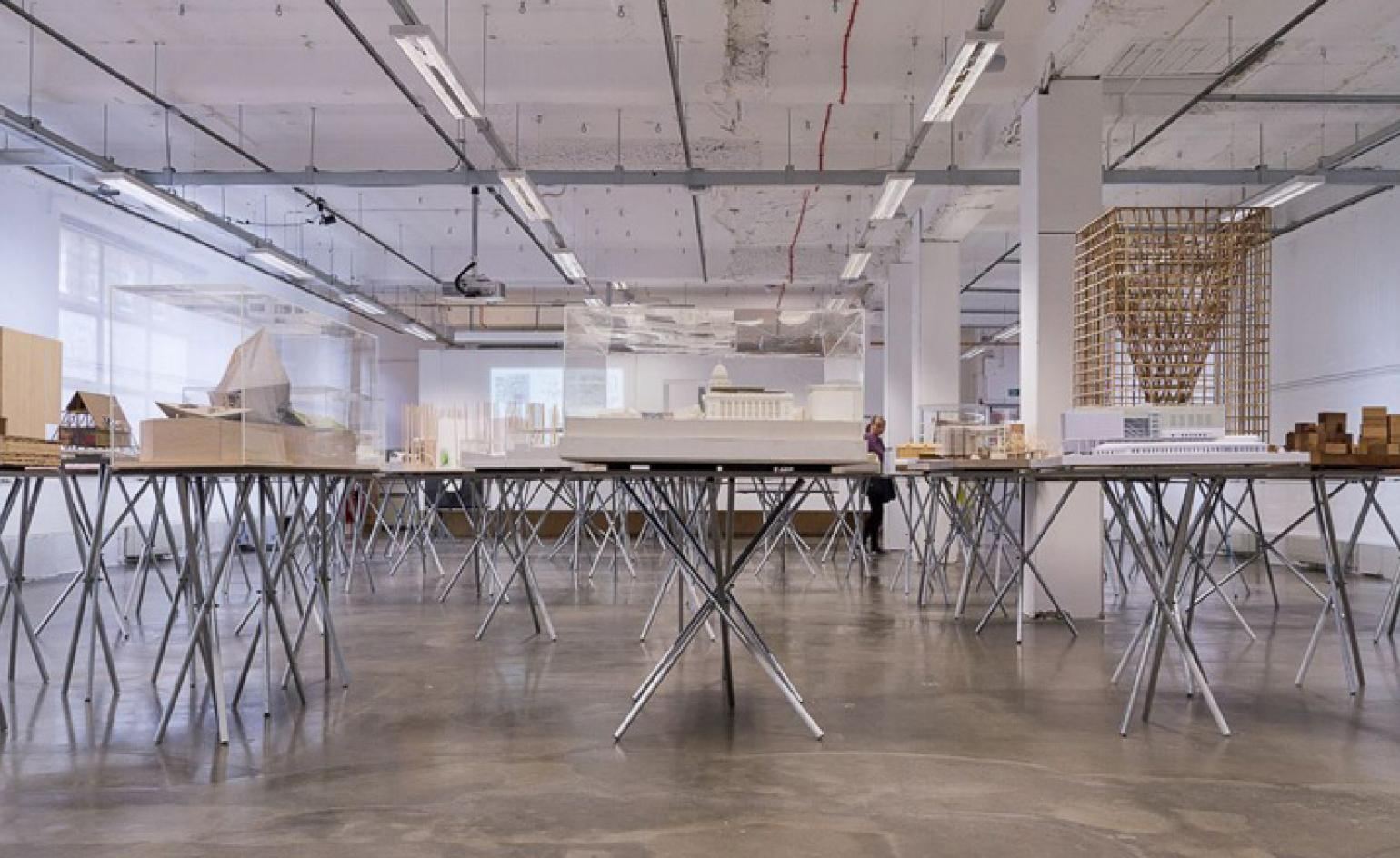
This has been a year of change for the London Festival of Architecture. Launching in early June, this year's architectural festivities stretch over a whole month (as opposed to 2012's two-weeks), while 2013 also marks the first edition of the festival since it turned annual, setting the whole celebration off to a different pace.
Added to this, the 2013 festival - orchestrated by a quartet of initiating partners, including the Architecture Foundation, the British Council, RIBA London and the NLA - engages with many of London's cultural institutions that haven't been officially involved before, such as the Design Museum and the ICA. 'This year's festival throws the spotlight on the important role that architecture plays in the cultural life of London, with a programme of exhibitions, talks and events involving 25 organisations,' explains the British Council's Vicky Richardson.
The undercurrent of change can also be detected in several of the displays on offer this year. The Architecture Foundation show focuses on the work of Superuse Studios, promoting a change in our attitude towards material and energy re-use. The British Council's impressive Atlas of Unbuilt World designed by Pernilla Ohrstedt Studio, presents future projects from around the world, offering a glimpse of how the global landscape is changing; you can even 3D-print your project live, courtesy of printing agency 3Dpeasy. And RIBA's Welcome To The Social, created by architecture practice Hawkins\Brown, highlights the transformative effect of life - and design's - social aspect.
After all 'change' has always been part of the Festival's agenda. The theme was even reflected in the keynote debate organised by RIBA London earlier in the month, entitled 'London Architecture: what would you change?'. 'I'll consider the festival a success if it generates debate and discussion about architecture, deepens our understanding of the subject and makes us think about it in new ways,' says Richardson. 'I also think it's a chance to break down the artificial barriers that often exist between architects, clients, and the public.'
Other Festival highlights include the small yet perfectly formed Lesser Known Architecture show at the Design Museum, created by Elias Redstone, Theo Simpson and Wallpaper's very own Ben Mclaughlin (the latter two form Mass Observation), which brings the cream of London's crop of hidden architectural gems to the spotlight. Open studios, architecture tours (including a bicycle tour of Brutalist London) and workshops are also part of the program. And summer staples such as the Royal Academy's Summer Exhibition, the Serpentine Gallery Pavilion (this year by Sou Fujimoto), and the architecture schools' summer shows - including the AA, the RCA and the Bartlett - are back as well.
And while most exhibitions opened during the festival's first week, events will be running throughout the month in both the core program and the fringe. More treats are in store for later too - the Barbican's playfully disorientating Dalston House installation by Argentinian artist Leandro Erlich is not opening till the 26 June - so stay tuned.
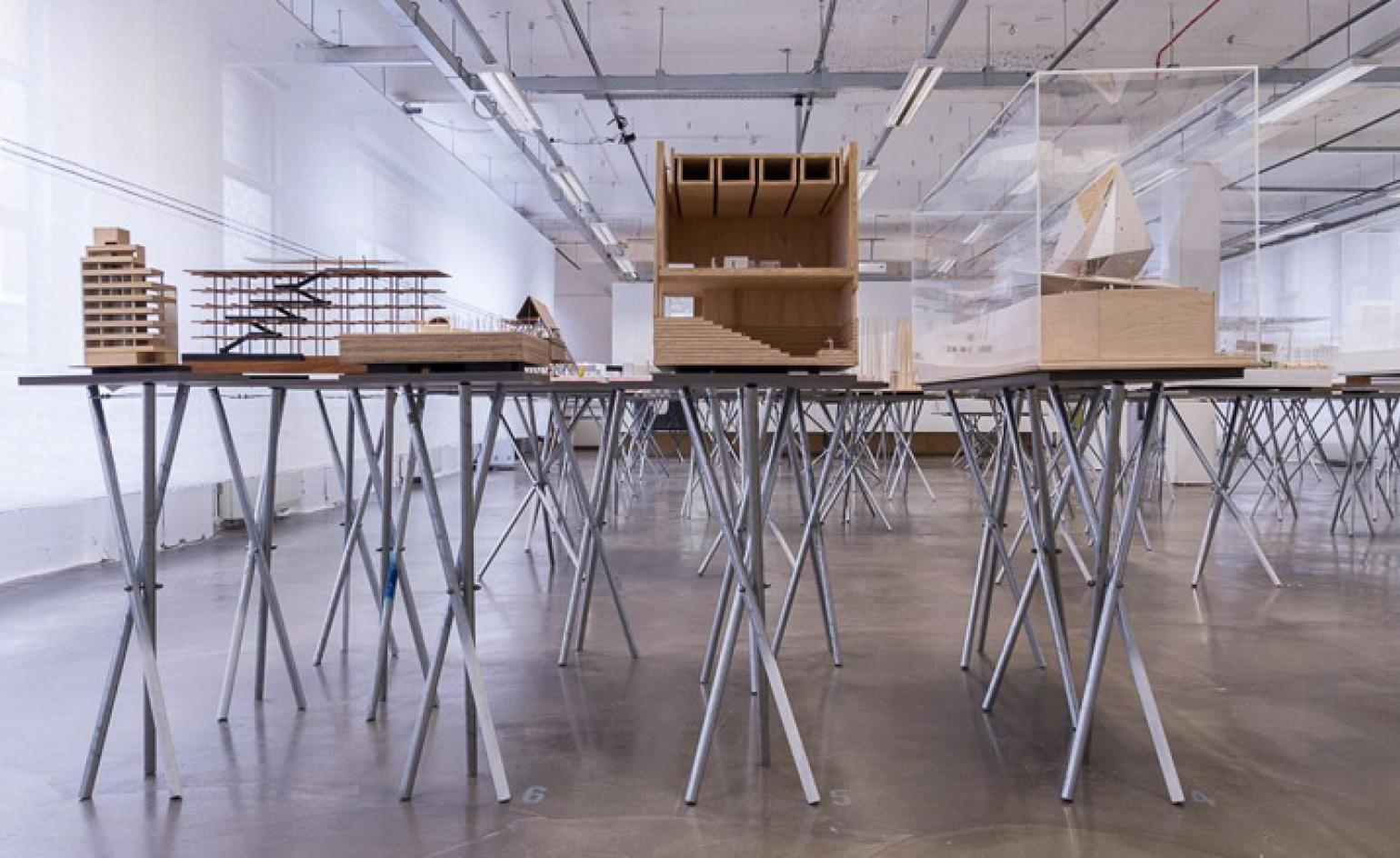
The project presents future projects from around the world, offering a glimpse of how the global landscape is changing.
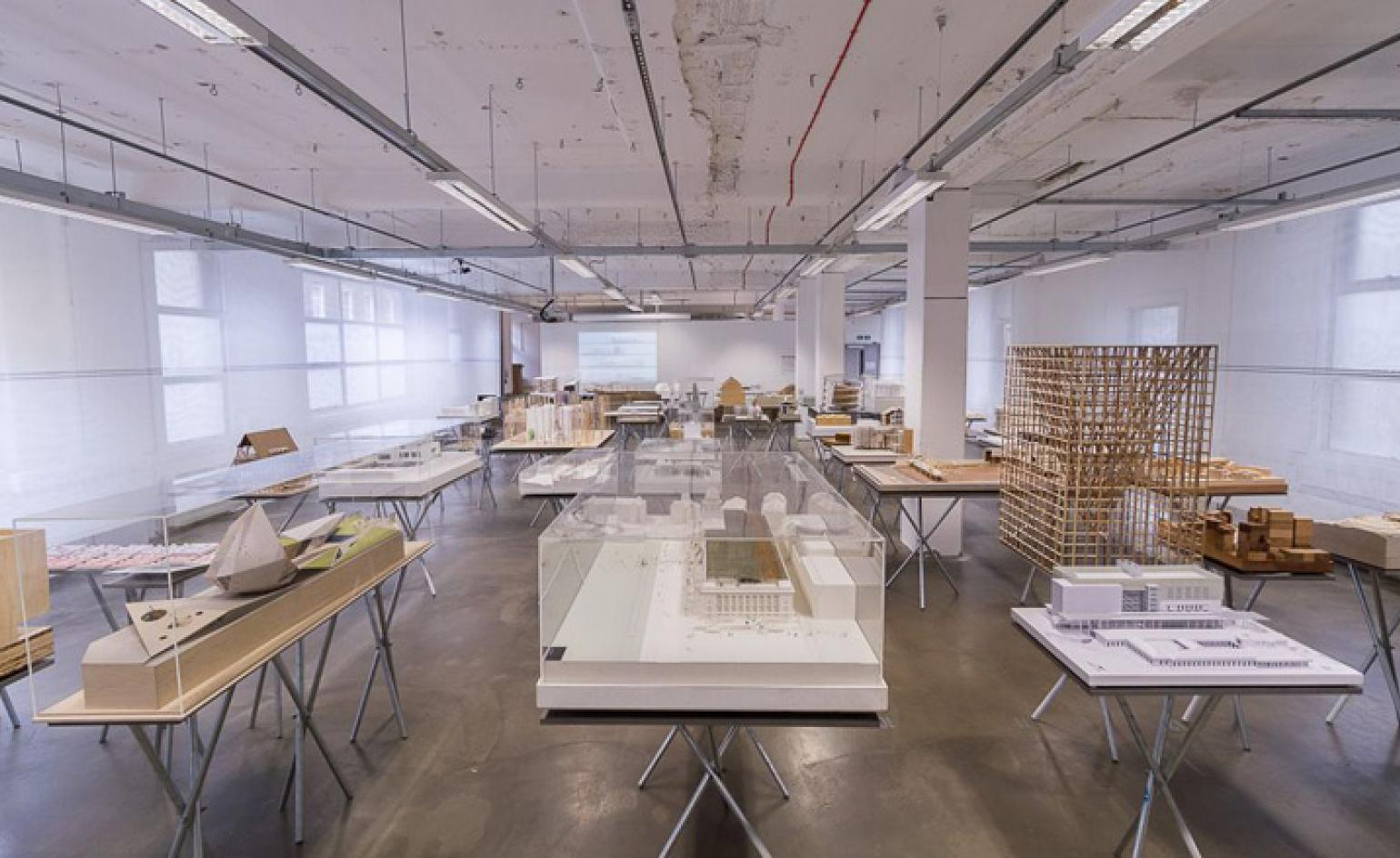
Over 60 models from 40 countries are on show in the exhibition, ranging from a new museum in Turkey to a school in Nigeria.
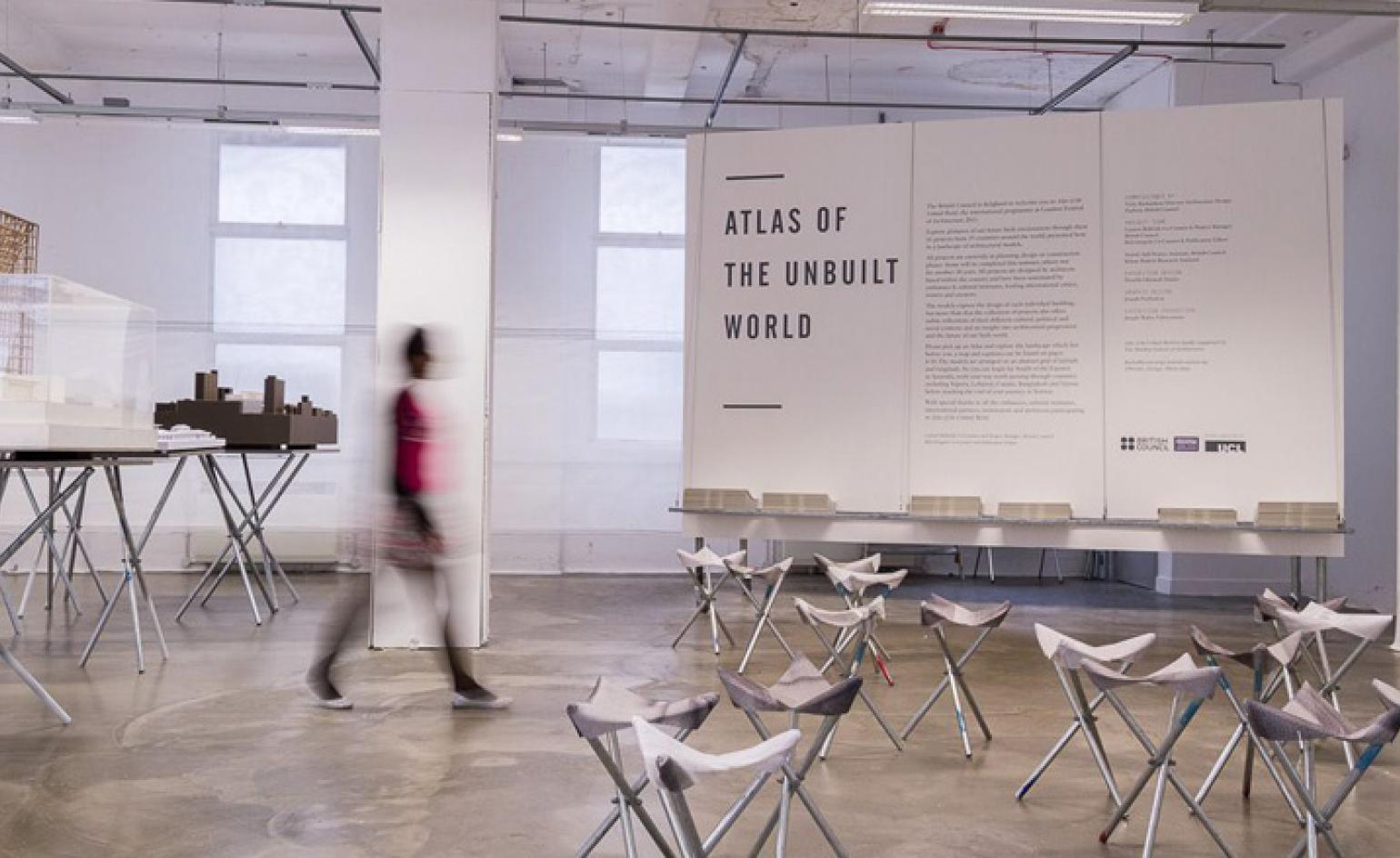
As part of the activites around the British Council exhibition, visitors can 3D-print a project live, courtesy of printing agency 3Dpeasy.
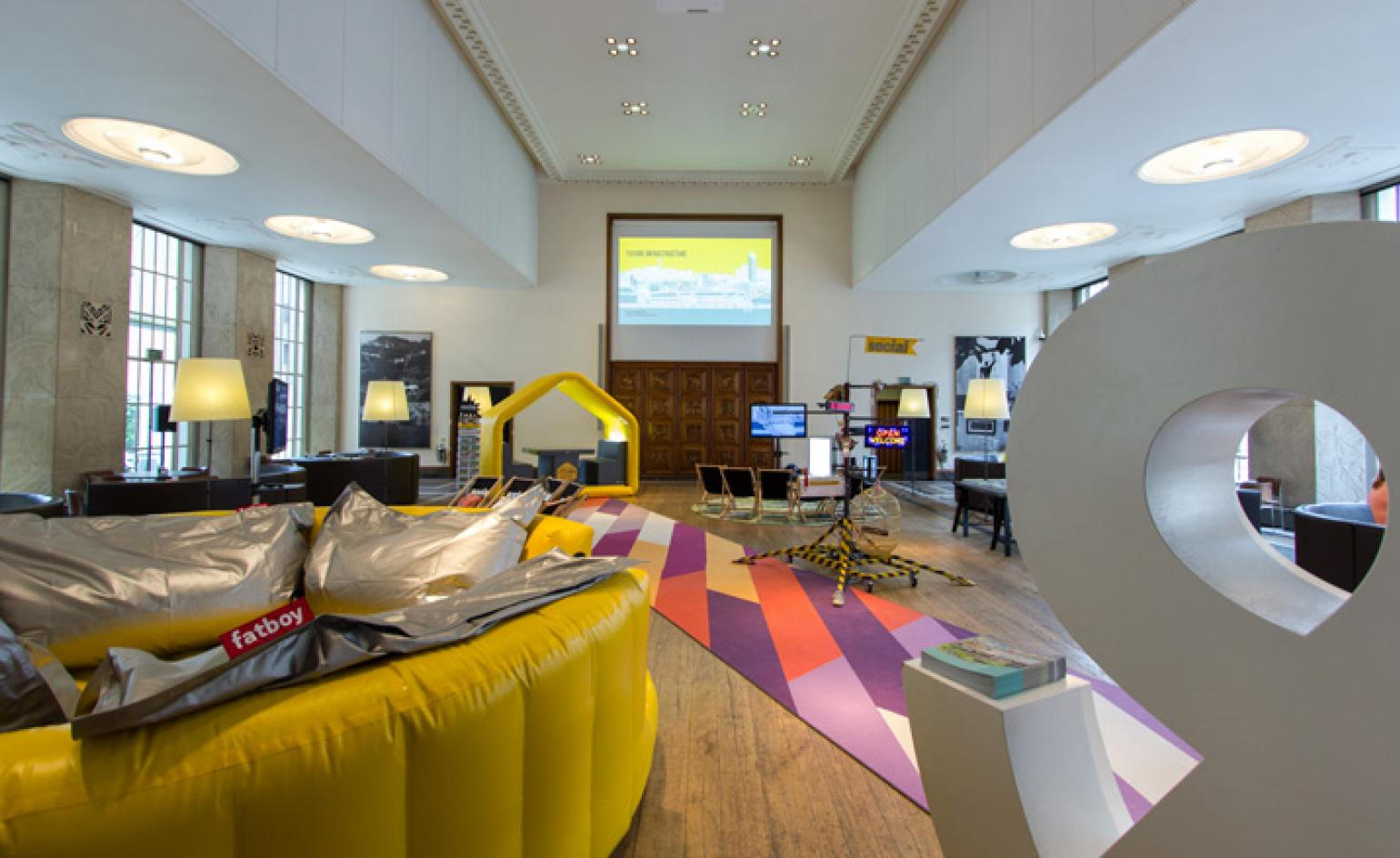
'Welcome To The Social', created by Hawkins\Brown architects, is also one of the 2013 Festival's key exhibitions, currently on display at the RIBA.
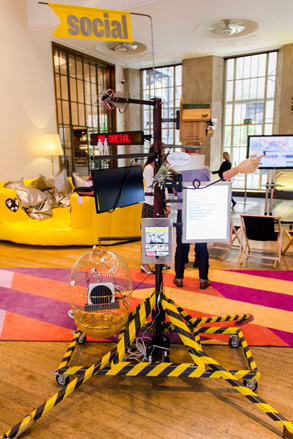
London-based architecture practice Hawkins\Brown believes that the future of architecture lies in the value of the 'social' aspect of life and design.
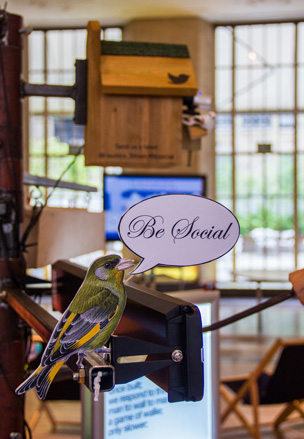
Welcome To The Social marks Hawkins/Brown architects' 25th anniversary.
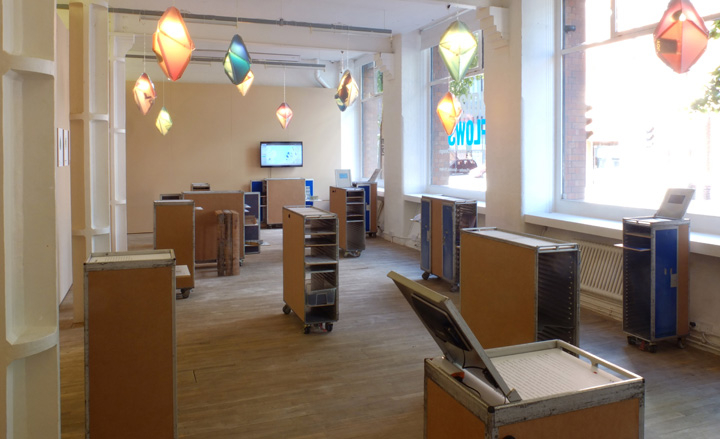
Through their 'InsideFlows: The Superuse Approach to Design' exhibition at the Architecture Foundation, Dutch architects Superuse Studios investigate innovation and sustainability in design.
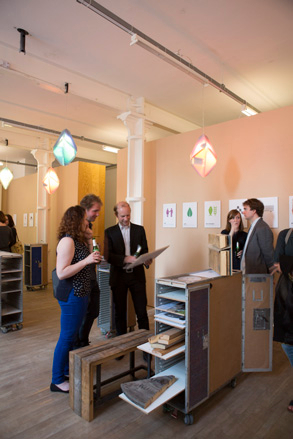
The exhibition shows Superuse Studio's ongoing collaborative research with the Inside Masters programme at the Royal Academy of Art in The Hague.
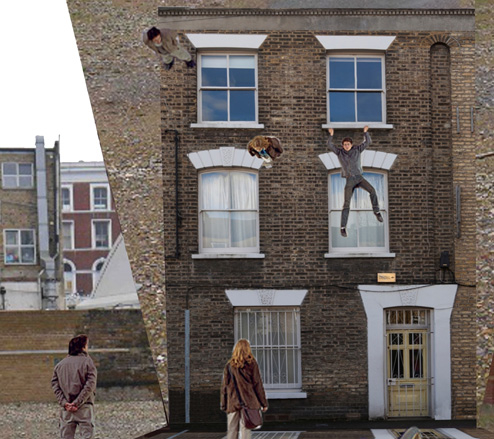
Leandro Erlich's study for his playfully disorientating 'Dalston House' installation, coming up at the end of June.
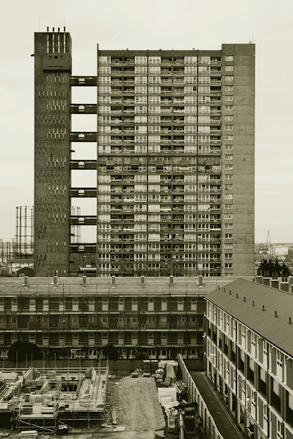
'Lesser Known Architecture', created by Elias Redstone, Theo Simpson and Ben Mclaughlin, is an exhibition focusing on the hidden gems of London's architecture, such as the Brownfield Estate by Erno Goldfinger (pictured).
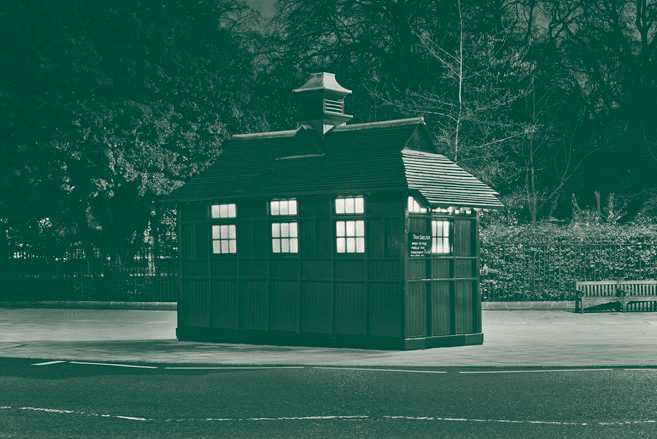
Also in the show are The Cabmen's Shelters, designed by Maximilian Clarke.
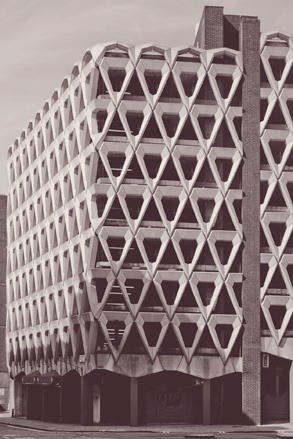
The Wellbeck Street Car Park, designed by Michael Blampied.
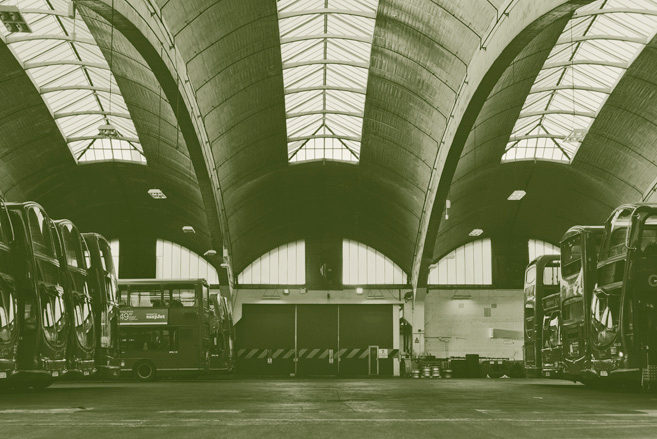
The Stockwell Bus Garage was also one of the nominations for the exhibition Lesser Known Architecture, presented at the Design Museum.
Receive our daily digest of inspiration, escapism and design stories from around the world direct to your inbox.
Ellie Stathaki is the Architecture & Environment Director at Wallpaper*. She trained as an architect at the Aristotle University of Thessaloniki in Greece and studied architectural history at the Bartlett in London. Now an established journalist, she has been a member of the Wallpaper* team since 2006, visiting buildings across the globe and interviewing leading architects such as Tadao Ando and Rem Koolhaas. Ellie has also taken part in judging panels, moderated events, curated shows and contributed in books, such as The Contemporary House (Thames & Hudson, 2018), Glenn Sestig Architecture Diary (2020) and House London (2022).
-
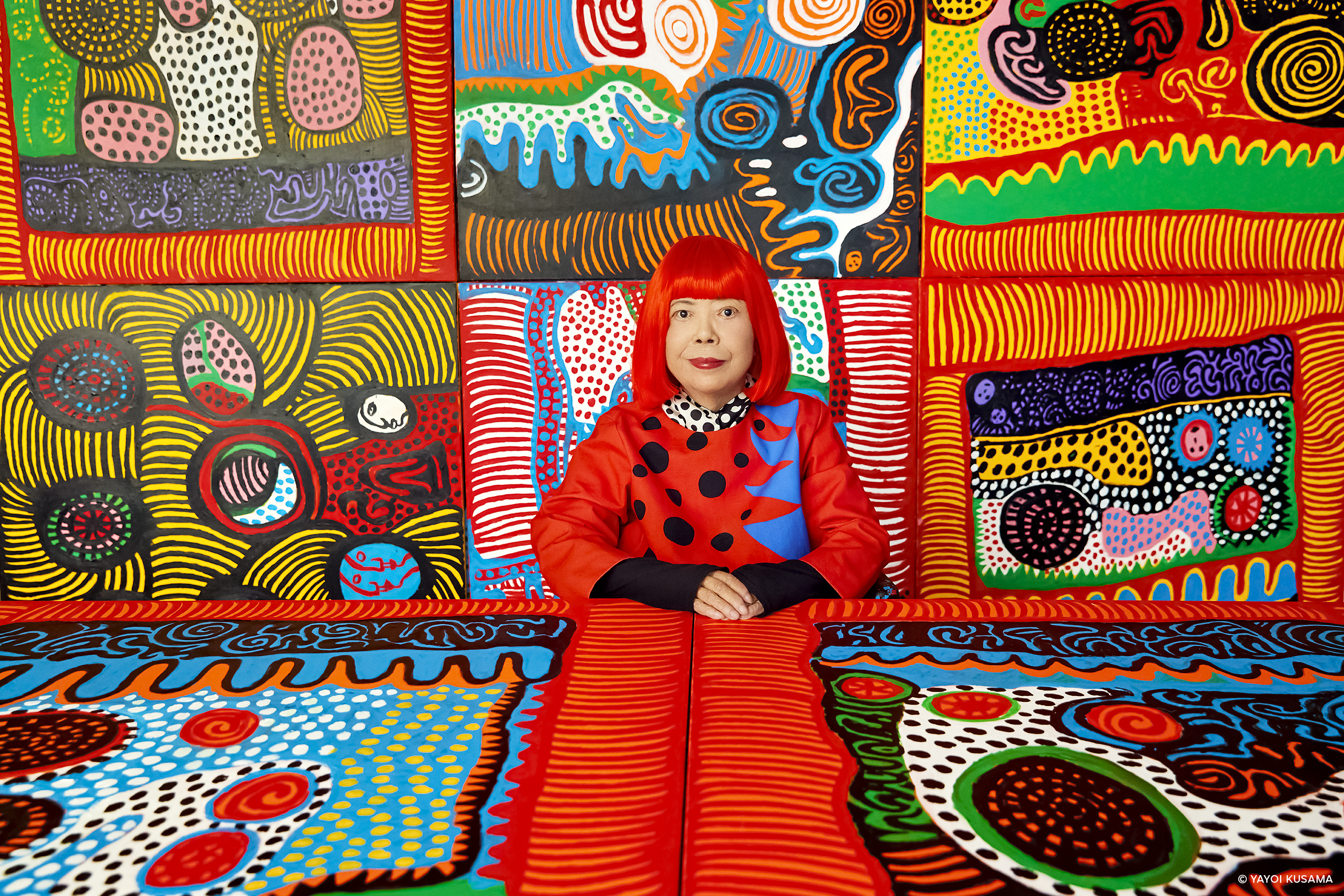 Modern masters: the ultimate guide to Yayoi Kusama
Modern masters: the ultimate guide to Yayoi KusamaThroughout her career, Japanese artist Yayoi Kusama has created an entirely new genre of hallucinatory, immersive and playful art.
-
 Zooming in on Jonathan Anderson’s first accessories collection for Dior
Zooming in on Jonathan Anderson’s first accessories collection for DiorWallpaper* takes a closer look at the accessories which appeared as part of the Northern Irish designer’s first womenswear collection for the house, which debuted in Paris in September
-
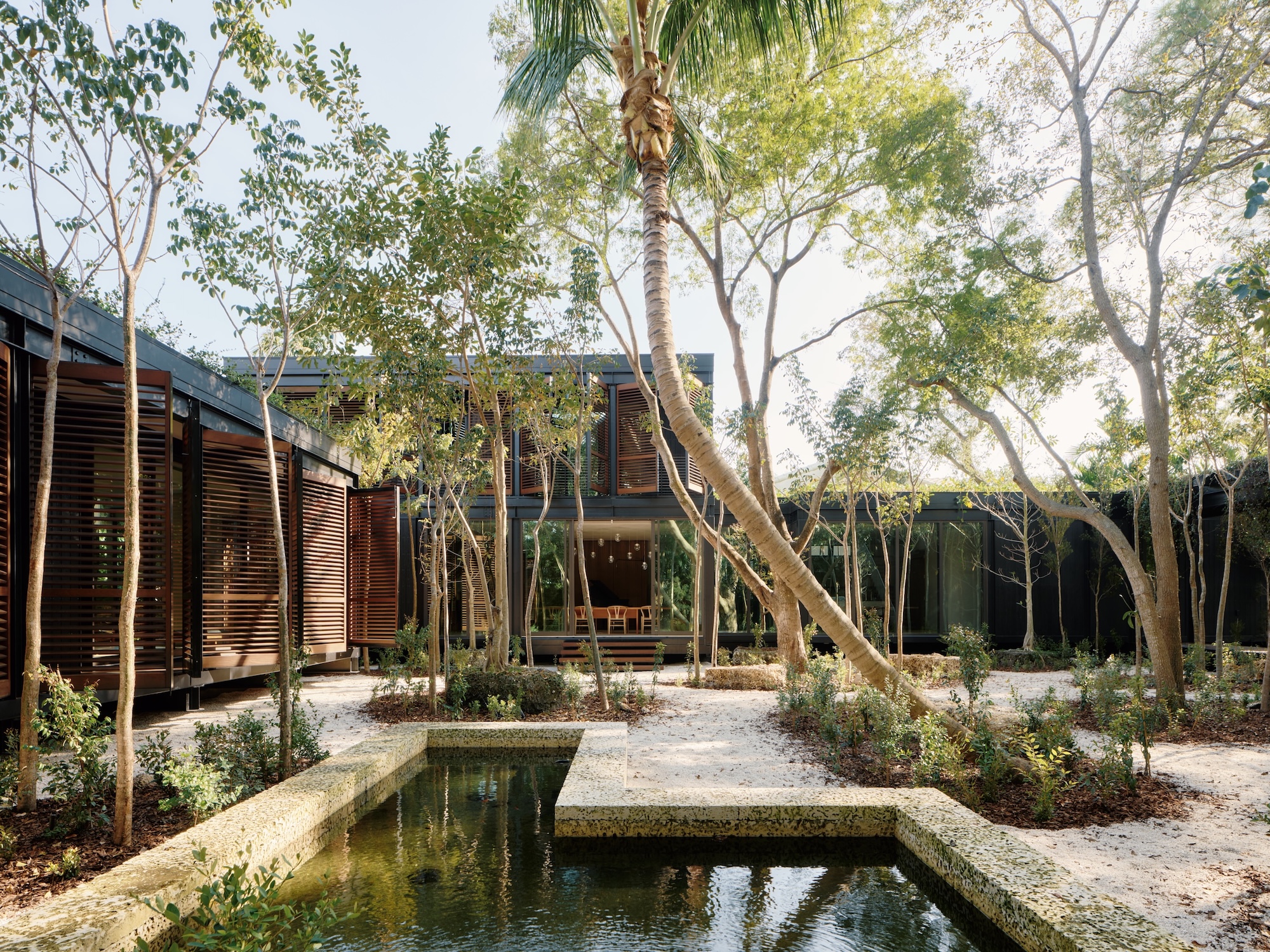 This ethereal Miami residence sprouted out of a wild, jungle-like garden
This ethereal Miami residence sprouted out of a wild, jungle-like gardenA Miami couple tapped local firm Brillhart Architecture to design them a house that merged Florida vernacular, Paul Rudolph and 'too many plants to count’
-
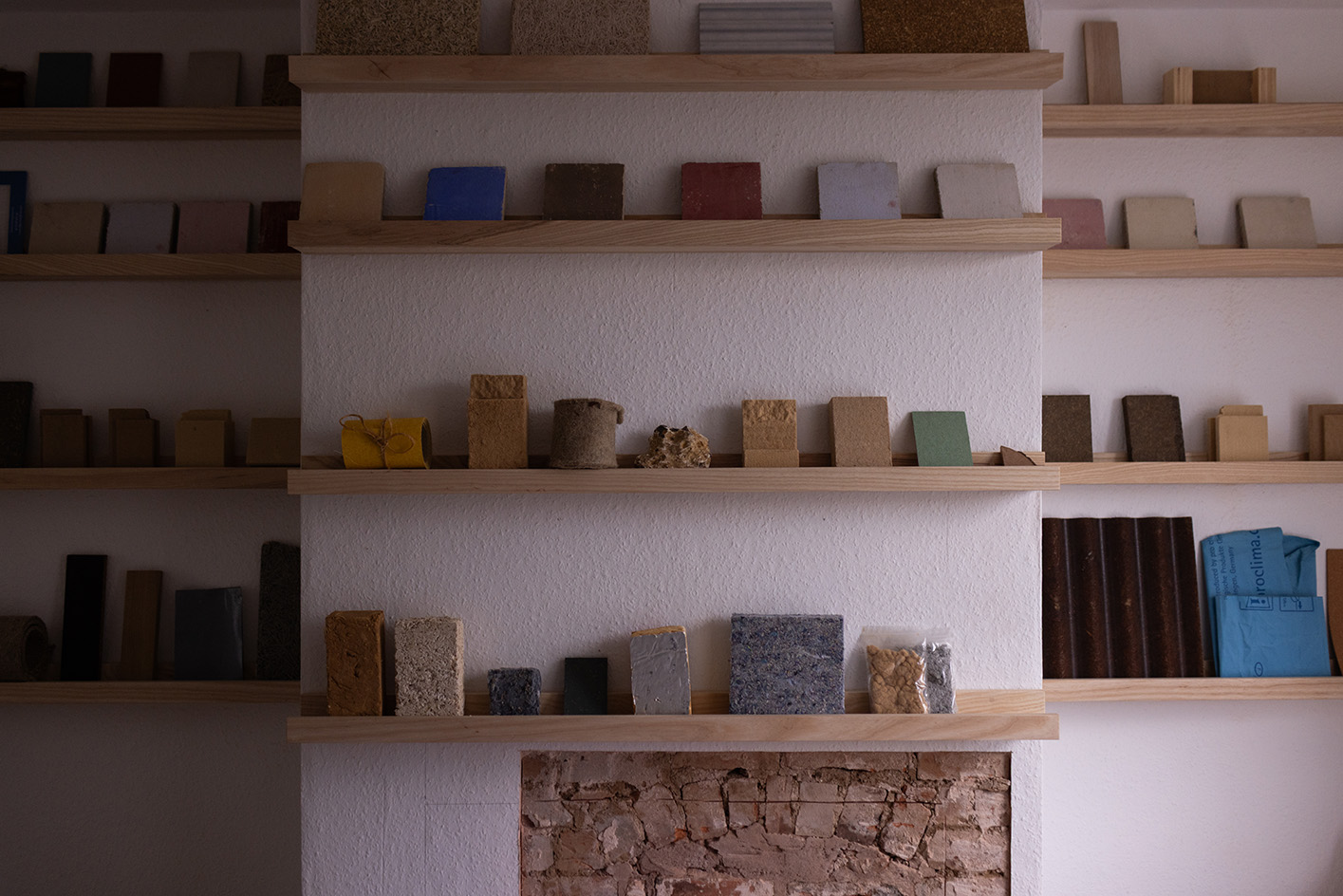 Take a tour of Retrofit House, the live showcase inspiring sustainable homebuilding
Take a tour of Retrofit House, the live showcase inspiring sustainable homebuildingRetrofit House, a showcase for residential redesign using biomaterials and environmentally smart methods, opens in Birmingham, UK, spearheaded by Civic Square, Dark Matter Labs and Material Cultures; we paid it a visit
-
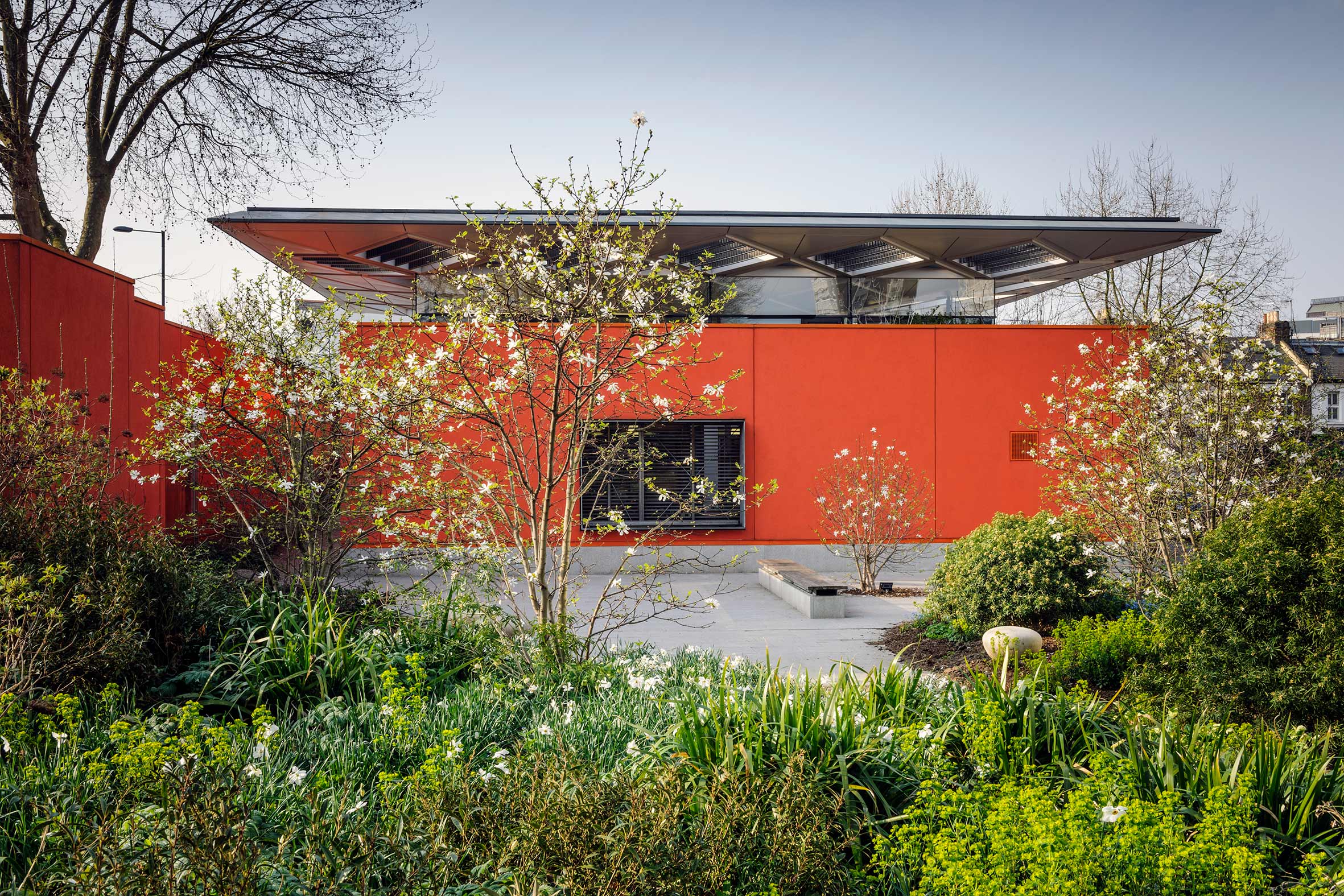 How Maggie’s is redefining cancer care through gardens designed for healing, soothing and liberating
How Maggie’s is redefining cancer care through gardens designed for healing, soothing and liberatingCancer support charity Maggie’s has worked with some of garden design’s most celebrated figures; as it turns 30 next year, advancing upon its goal of ‘30 centres by 30’, we look at the integral role Maggie’s gardens play in nurturing and supporting its users
-
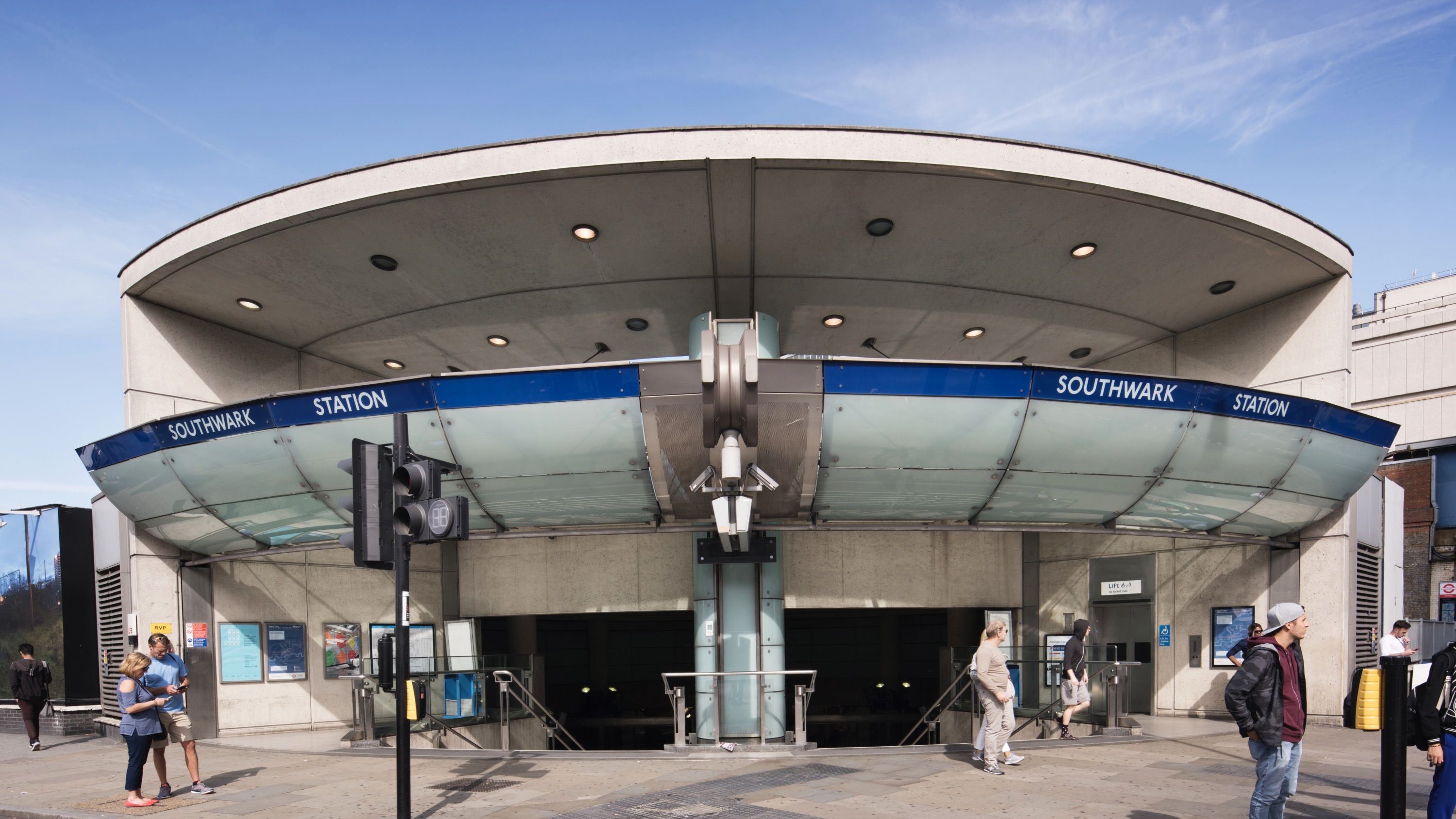 Futuristic-feeling Southwark Tube Station has been granted Grade II-listed status
Futuristic-feeling Southwark Tube Station has been granted Grade II-listed statusCelebrated as an iconic piece of late 20th-century design, the station has been added to England’s National Heritage List
-
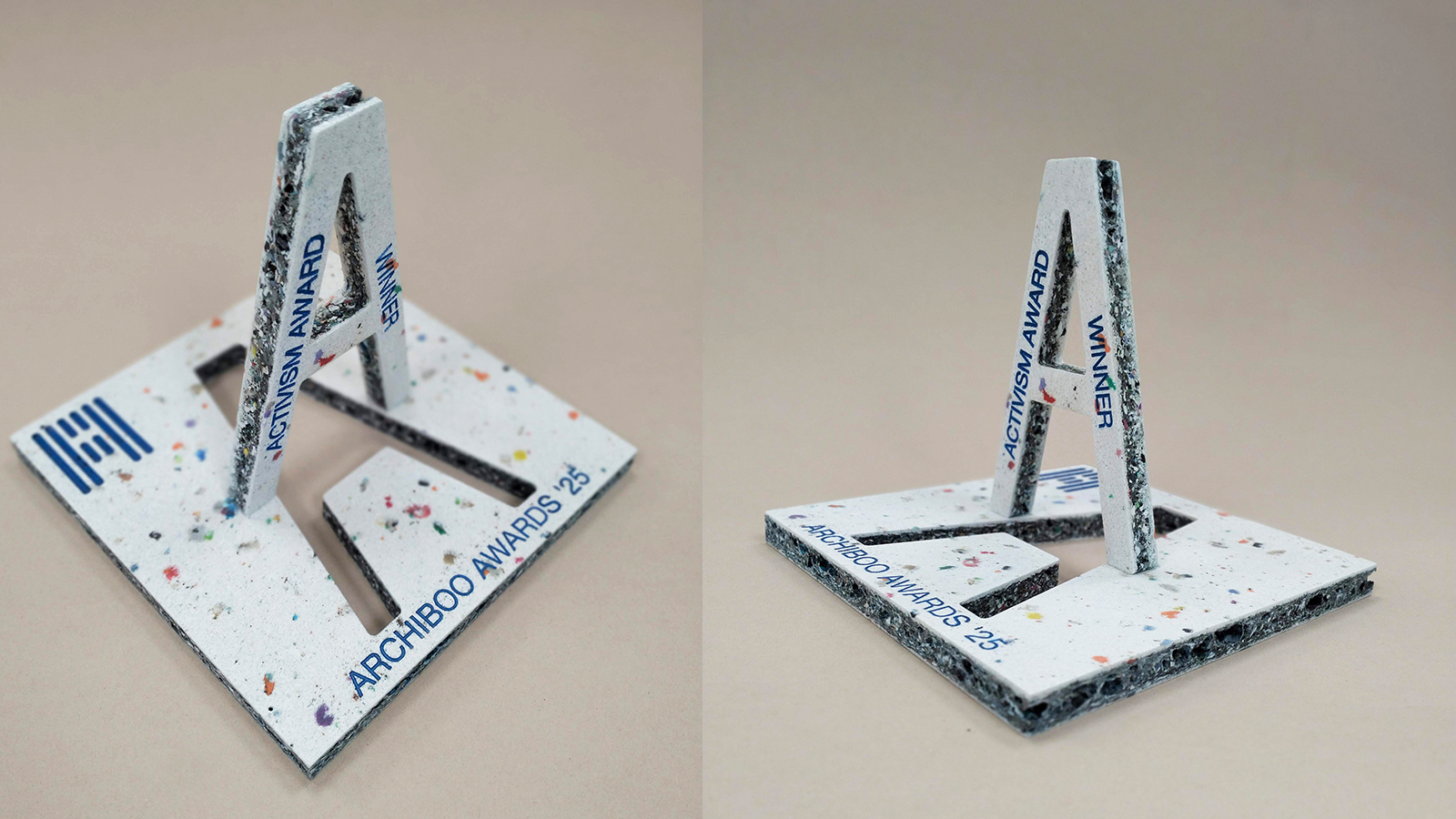 Archiboo Awards 2025 revealed, including prizes for architecture activism and use of AI
Archiboo Awards 2025 revealed, including prizes for architecture activism and use of AIArchiboo Awards 2025 are announced, highlighting Narrative Practice as winners of the Activism in architecture category this year, among several other accolades
-
 Backstage at the Old Vic is all about light, theatre and sustainable action
Backstage at the Old Vic is all about light, theatre and sustainable actionThe theatre's new creative hub by Haworth Tompkins has completed, bringing a distinctly contemporary and colourful addition to the popular theatre space in South London
-
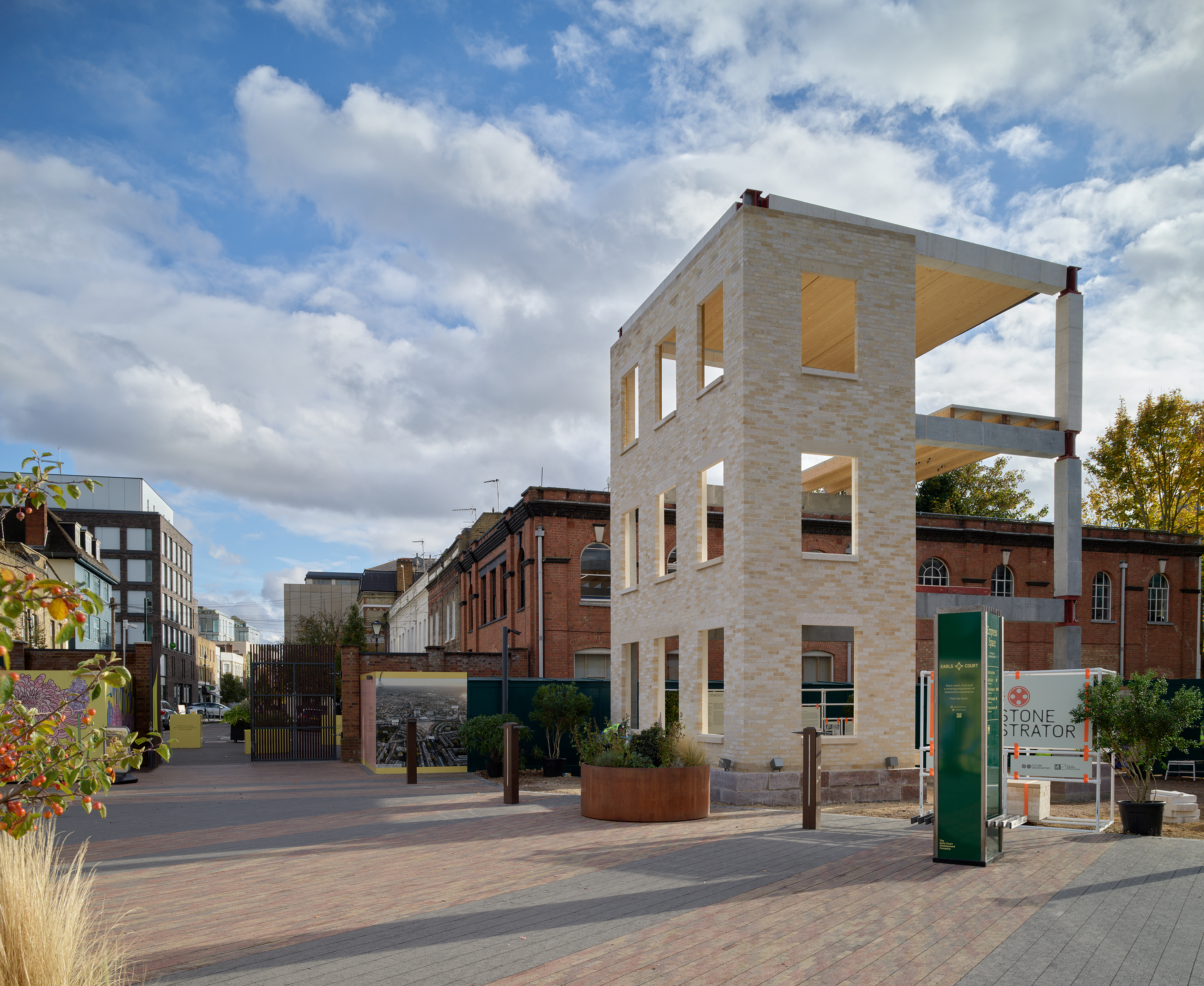 Tempted to try building with stone? This project will convince you of its merits
Tempted to try building with stone? This project will convince you of its meritsWelcome to the Future Observatory's The Stone Demonstrator, a project conceived to show off the material's strong points, now on display in West London
-
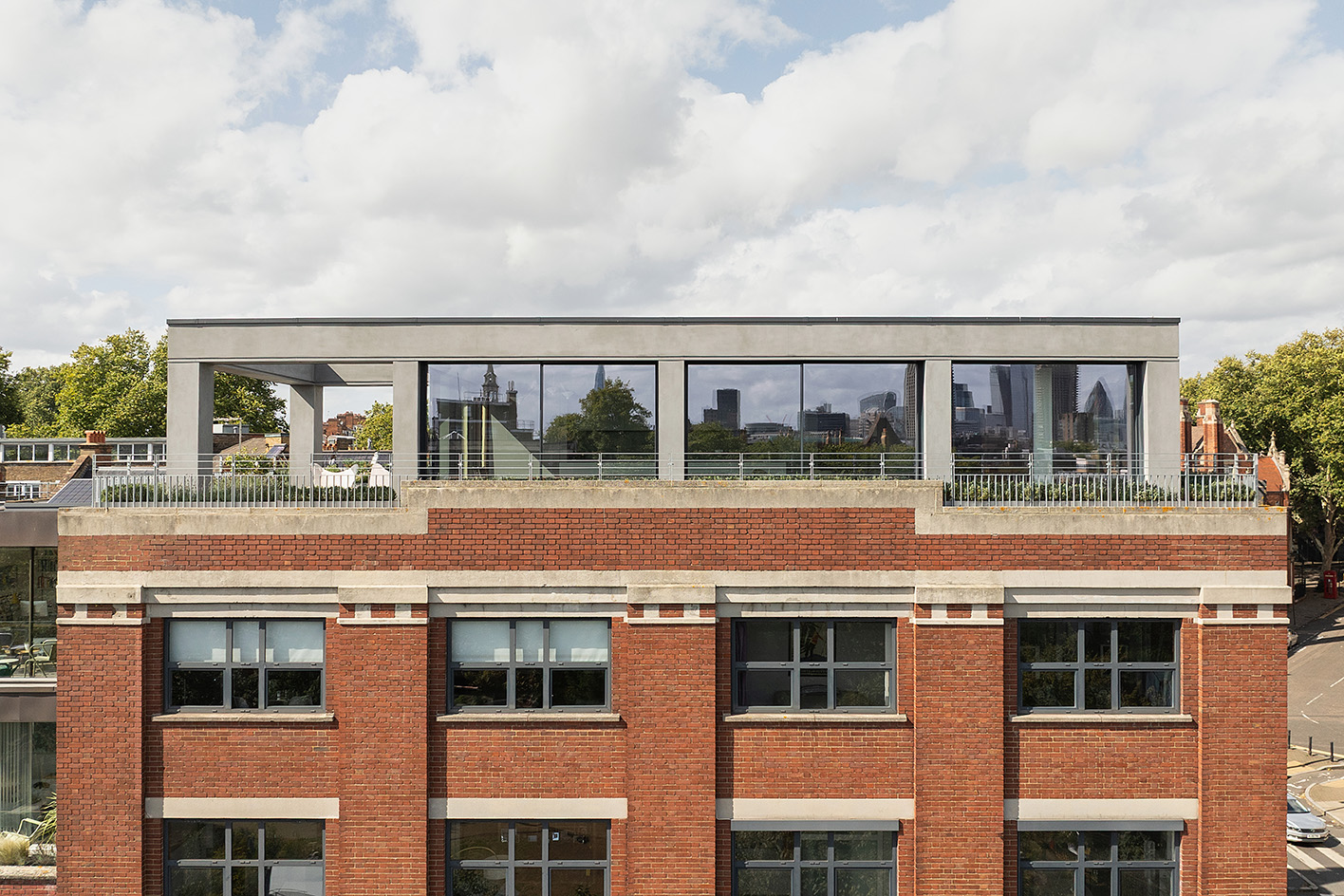 Step inside this Clerkenwell Rooftop, transformed into a minimalist urban abode
Step inside this Clerkenwell Rooftop, transformed into a minimalist urban abodeA Clerkenwell Rooftop has been transformed by Studio Felicity Bell into a minimalist modern home, featuring airy interiors and long views of London
-
 Richard Seifert's London: 'Urban, modern and bombastically brutalist'
Richard Seifert's London: 'Urban, modern and bombastically brutalist'London is full of Richard Seifert buildings, sprinkled with the 20th-century architect's magic and uncompromising style; here, we explore his prolific and, at times, controversial career